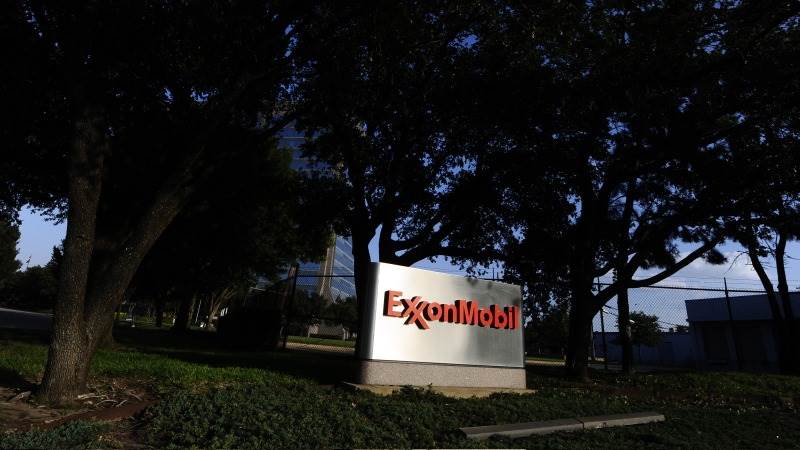(S&P Global Platts) A group of 12 of the world’s biggest oil and gas majors pledged Sept. 20 to reach net zero emissions from operations under their control (Scope 1, 2) and updated targets for reducing the methane and carbon emission intensity of their upstream operations.
The Oil and Gas Climate Initiative (OGCI) said it supports the goals of the Paris Agreement to limit global warming to well below 2°C and recognizes there is “a real urgency to act”.
But the net-zero target lacks a specific timeframe and more “answers” are still required in order to reach the Paris Agreement objectives, the OGCI said.
“All OGCI member companies aim to reach net-zero emissions from operations under their control and also leverage their influence to achieve the same in non-operated assets, within the timeframe set by the Paris Agreement, recognizing that we have many, but still not all, the answers needed to get there,” the OGCI said.
Established in 2014 to develop ways of cutting the energy intensity and emissions of the oil and gas industry, the OGCI includes BP, Chevron, CNPC, Eni, Equinor, ExxonMobil, Occidental, Petrobras, Repsol, Saudi Aramco, Shell and Total. The group, which accounts for around 30% of global operated oil and gas production, pledged in 2016 to invest $1 billion over a decade to develop new low-emissions technology.
Last year, the OGCI said it was focused on reducing the group’s Scope 1 and 2 emissions by 21 million mt of CO2e Total direct emissions from the global oil and gas industry are estimated to be around 4 gigatonnes of CO2 equivalent per year, according to the group.
OGCI also said it has updated its 2025 carbon and methane emission intensity targets, with a potential additional saving of around 50 million mt of greenhouse gases per year.
Carbon intensity
Under the new targets, the OGCI said it plans to reduce upstream methane emissions intensity to well below 0.20% by 2025, bring carbon intensity from upstream operations down to 17kg CO2e per barrel of oil equivalent and end routine flaring by 2030.
“Our success will rely on acceleration of innovative and large-scale solutions such as applications of efficiency measures, sharing of best practices, electrification, hydrogen solutions, and carbon capture utilization and storage (CCUS), methane leak detection and elimination, bioenergy as well as responsible investments in natural climate solutions,” OCGI said.
In October 2020, the OGCI said it was making progress on an upstream carbon intensity target of between 20 kg and 21 kg CO2e/boe by 2025 against a 2017 baseline.
The collective upstream methane and carbon intensity upstream oil and gas operations was 0.23% and 21.1 kg CO2e per barrel of oil equivalent, respectively, in 2019, according to the OGCI.



